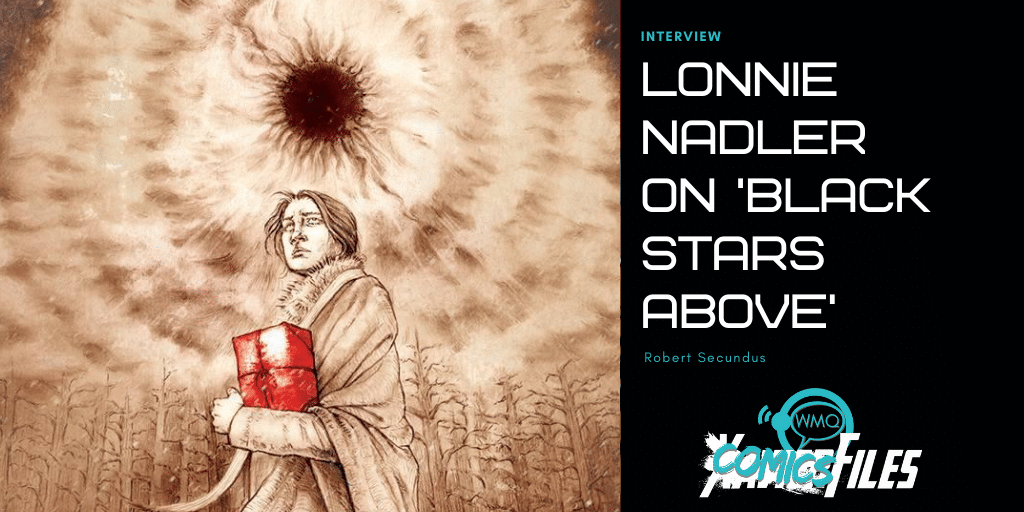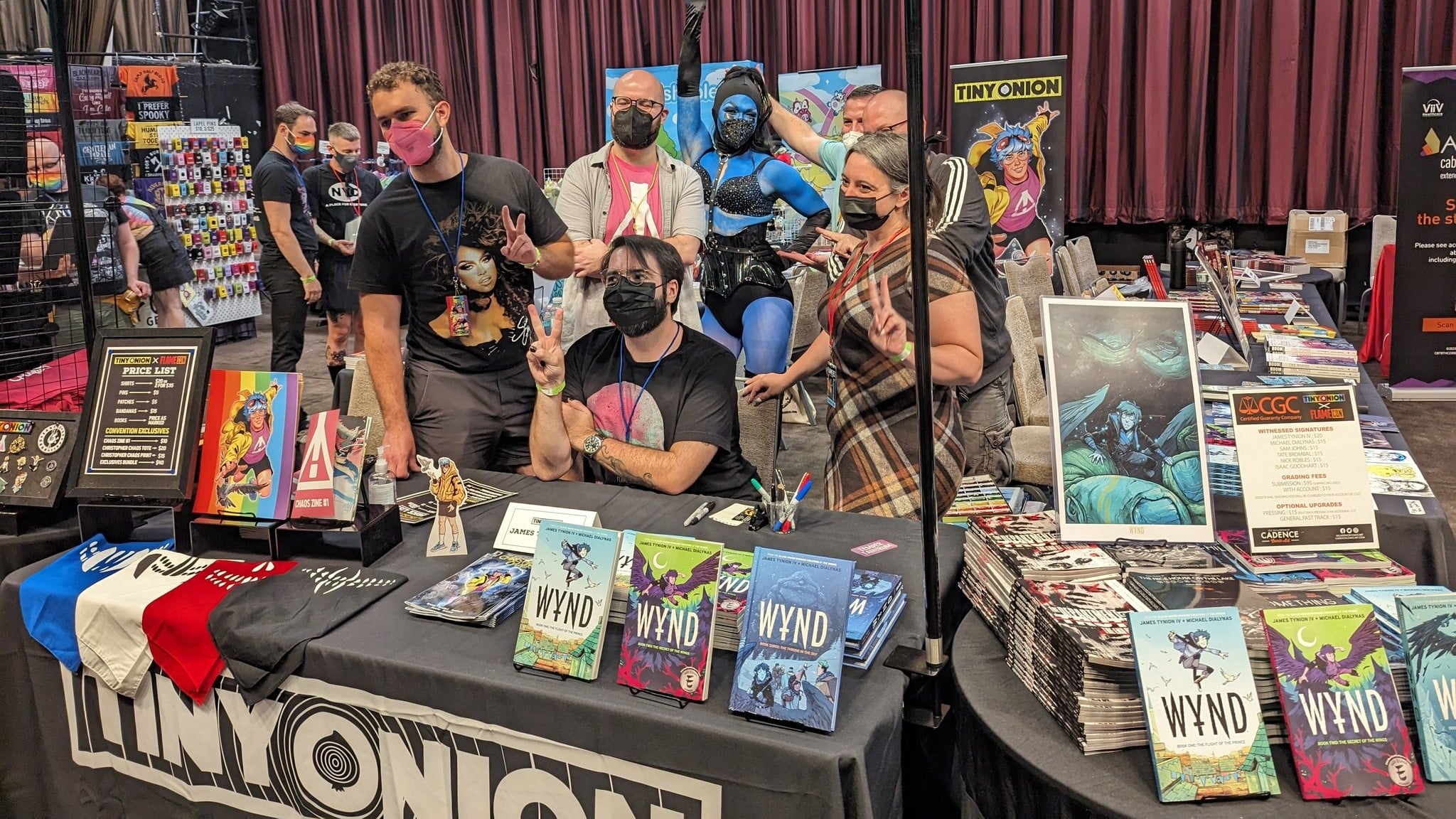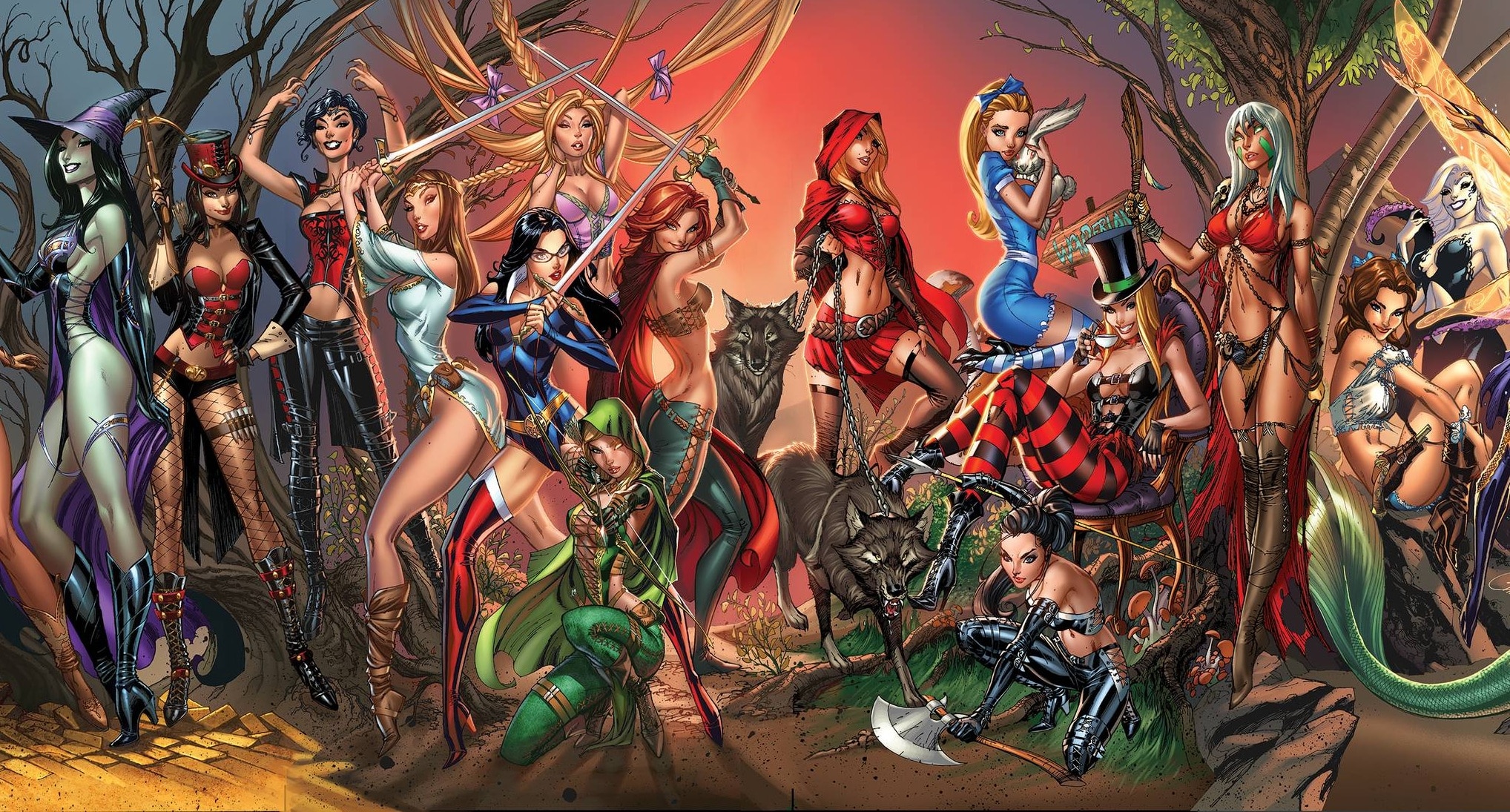“I cannot forget Carcosa where black stars hang in the heavens; where the shadows of men’s thoughts lengthen in the afternoon, when the twin suns sink into the lake of Hali; and my mind will bear for ever the memory of the Pallid Mask.” Robert Chambers, The King In Yellow
“When you are here and don’t know where you are because you’ve misplaced your landmarks or bearings, then you need not be an exile or a madman: you are simply lost. Canada is an unknown territory for the people who live in it. [What a lost person] needs is a map of the territory, with his own position marked on it so he can see where he is in relation to everything else. Literature is not only a mirror; it is also a map, a geography of the mind. Our literature is one such map. […] We need such a map desperately, we need to know about here, because here is where we live. For the members of a country or a culture, shared knowledge of their place, their here, is not a luxury but a necessity. Without that knowledge we will not survive.” Margaret Atwood, Survival
***
Black Stars Above is an existential, cosmic and survival horror comic written by Lonnie Nadler, drawn by Jenna Cha, colored by Brad Simpson and lettered by Hassan Otsmane-Elhaou. It follows Eulalie, a Métiswoman living in 1887 Canada, who flees the trap her family has set for her and strikes North toward an unnamed city that might lie outside of our existence or might lie at the heart of the Canadian nation, at the root of Canada’s history. She will face the scarcity and cloying cold characteristic of that place, but also monstrous men, fracturing realities, objects that have touched infinity, and horrors both beyond her bounds of perception and submerged within herself.
The following is an interview with Lonnie Nadler conducted July 7. It has been edited for length and clarity. The conversation comments on the story as a whole, and mentions aspects of the ending, but attempts to avoid spoiling the book.
***
Robert Secundus: You’ve talked about Cormac McCarthy and Ingmar Bergman as two influences. What’s your favorite from each?
Persona (1966)
Lonnie Nadler: Oh — this is, like, a much harder question than it should be. Bergman, I always go to Persona as my favorite, because it was the most affecting to me when I first watched it, and sort of the one that made me fall in love with his movies. But I also really love Cries and Whispers, which I know, even among Bergman fans I don’t think gets talked about too frequently.
RS: Yeah, I’m not familiar with Cries and Whispers. Could you give the TLDR? Or TLDW?
Cries and Whispers (1972)
LN: Yeah, it’s basically a family, a group of sisters, and their eldest sister is on her deathbed. And they’ve sort of gathered together in anticipation of her death. And they’re all sort of estranged up until this point, and it’s a question of whether or not this death is going to bring the family back together or splinter it further. And it being a Bergman film, I’m sure you can guess towards which of those two it goes. And I also really love Virgin Spring — I know you just asked me for like my favorite, and I’m just listing a bunch right now, but those three are magical to me. I think about them often.
Cormac McCarthy, the first book of his I read was All The Pretty Horses, so that holds a special place in my heart. My favorite, though, is a weird one: Outer Dark. I think that’s my favorite.
RS: Sorry, I haven’t read that one either, what’s the pitch?
LN: Oh, it’s dark. It’s very grim.
RS: Dark for Cormac McCarthy?!
LN: Oh yeah. I think it’s one of his earlier novels. And it’s short, and it’s about a brother and sister who live isolated in the wilderness. And after she gives birth to her brother’s child, he abandons it in the wilderness, and then it gets taken and then she goes to look for the child. It does not end well for anyone.
I feel like a monster saying these are my favorite! But I mean even people reading this … even just hearing the plot of these is probably disturbing, so you can imagine how getting through the actual work is, but i think that’s what attracts me to it, is that it’s challenging. And it says things about humanity that you just don’t get from work that’s maybe less grim, or happier.
RS: Yeah, I don’t know, I find when reading something like McCarthy, when you get to something beautiful, even if, like, the actual content isn’t beautiful, if it’s grotesque and ugly, even if it’s just the prose that’s beautiful — like, it feels so much more real and valid and earned in the end, to have gone through all that grimness and darkness and get to something.
LN: There’s a quote from Guillermo del Toro that I think about often that applies to this.
“Beauty without a sense of loss is superfluous.” And I think that speaks very much to
these kinds of writers and filmmakers who, when they give you moments of levity, or
the antithesis of their gloom, it feels so much more — you feel it so much more because it’s put up against absolute darkness. I believe that’s their whole point: moments of light among a world of scouring darkness.
RS: Which I think the same could be said of the ending of Black Stars Above. … I think there’s something about the way that final issue works and what hope there is there, that speaks to that same hope and brightness or beauty by contrast.
RS: I’ve got like four questions here and they’re all about contexts kind of around Black Stars Above. And the first one concerns the context of the rest of your work. (At least, the comics that I’ve read.) I tried to find a through line as best I could, and I think that perception, or, like, horrifying perception is something that runs through a lot of your work. Not just horrifying knowledge, but specifically, how we perceive things. Whether it’s how perception makes the detective work difficult and the atrocity easy in The Dregs; how perception, even mundane perception, is horrifying in Come in to Me; the line between utopia and dystopia in Age of X-Man; there’s something about the horrors of perception that I think runs through your work. And so I wanted to know, do you find the act of perception horrifying? What is horrifying about the way we see things?
LN: That’s an astute observation. And I appreciate it, because it is definitely a through line in my work. And I think for me, it comes down to — I don’t know how to talk about this without sounding horribly dull — but I read a lot and studied a lot of existentialism in school. And the idea that the world is made of individuals who are perceiving the world, and that everyone perceives it differently, is very fascinating to me. And it is frightening. Because it means that despite wanting to feel unified, it’s an impossibility for our race. And we are forever bound to be
alone with what’s inside of us. And even language itself fails to communicate what we’re perceiving. And that is scary to me.
And so I think that’s why it makes its way into my work as just a sense of individuality being something that’s both liberating but that’s also “the highest burden,” as Sartre would say.
RS: Something that is a thread that is not so much investigated in your previous work, that I’ve read, at least, is this examination of colonialism and racism and imperialism and national identity. And I’m wondering if there’s a connection there between the two, if you see some sort of relationship in those horrors of perception, and those radically individual perceptions, and these problems that you’re investigating now, here.
LN: I think that specifically came out of, you know, wanting to do something that was Lovecraftian, because his work is so much about this idea of individual perception, and especially him feeling like he was the outsider — when he was just a white guy, the straightest, straight-as-they-come white guy who was also horribly racist. And it was just fascinating to me that he put himself in that position, when really it was the people that he despised who were the actual others that he so frequently wrote about. So for Black Stars Above in particular, it was sort of wanting to right that wrong in his work in some way, or at least explore it through that lens.
And also, you know, wanting to tell a Canadian story — and an actual Canadian story, meaning not from the perspective of the colonialists, but from the perspective of the peoples whose land we stole and claimed as our own. So, yeah, perception, I think for — and I don’t want to
speak for them — but I would imagine that perception is quite horrifying. And it’s something they still live with on a daily basis, as we’re seeing, you know, in the news. I don’t know how much you get of it in the States, but you know, it’s not dissimilar to the civil rights movement going on in the States. Just different groups of people who have had their struggles and are trying
to right the wrongs that are unfortunately rooted, rooted in the nation itself.
So it’s a long way of saying yes, perception did play into the desire to explore colonialism and its impact.
RS: I want to follow up in a second about Eulalie and her background. But you mentioned that piece of work, HP Lovecraft. I think maybe we could talk about him a bit more, and how you are inverting or responding to that Lovecraftian tradition. Because what’s interesting to me is that the way that you situate Black Stars Above within the broader Lovecraftian canon or mythos or whatever is through a couple of references (at least that I found): the cry of the wyrd infant and the central image of the series, the Black Stars. These references appear in Lovecraft’s works but also in works that preceded Lovecraft. They’re things that he took from other people. So I’m wondering, could you speak to why you choose these connections that bring Lovecraft into the conversation, but do not leave him central to the conversation.
LN: It was sort of all, in a roundabout way, tied to my desire to explore weird fiction and Lovecraft from the perspective of: “He’s not the only guy in the genre.” There were plenty before him, and plenty after him. And he himself acknowledges that, if you look for it, with things like the cry “Tekeli-Li.” He uses it in At The Mountains of Madness, and I think he actually uses it in another story as well. But in At The Mountains of Madness, he specifically writes it as: “This is the same thing that came up in Poe’s novel, The Narrative of Arthur Gordon Pym of Nantucket.” And it’s like, he’s directly telling you his reference, but also treating a work of fiction in his world as something that’s reality. And I found that really interesting. I thought it was interesting to tie that into the sort of greater mythology of these, you know, elder beings that persist throughout weird fiction. And then the Black Stars themselves; I think it was just an image in my head, and then I was reading Thomas Ligotti, and he uses them frequently. And then I went back and saw that Lovecraft uses them, and I think Chambers uses them, and Clark Ashton Smith uses them as well. And it was something that was cosmic that didn’t feel trite or overused. And it allowed me to get — I wanted this imagery of, like, tentacles, that people thought was just something Cthulhuesque. And then once you get to the — spoilers — once you get to the journal section, it’s sort of recontextualized as, oh, this is just one way in which we perceive these things. Which is obviously a very Lovecraftian, Blackwoodesque notion.
It was a tool to trick readers about what they were getting into. You thought you were getting something Lovecraftian, but it’s actually tied into the larger canon of weird fiction.
RS: After that first issue came out, and I started to poke at the thread of dark or unseen celestial bodies — I just couldn’t stop noticing them in weird places like — not Dark Stars specifically, but like — you’ve seen A Field in England?
LN: Yep!
RS: Films like A Field in England, or places like Welcome to Night Vale or even sci-fi novels with rogue planets and black holes. And it seems like you’ve hit on some archetype that is really powerful. And I don’t — I don’t understand it, which may be the point! But could you, could you
maybe speak to what you find striking about that image of the unseen star or the Black Star or, yeah, the weird celestial body that is right up there unseen above us.
A Field In England (2013)
LN: Yeah, I think it’s, at its base, just an absolute representation of the unknown. It’s the face of the void. And not just in weird fiction and Lovecraftian fiction, but I think that’s something more general to humanity, going back to this idea of existentialism and facing the nothingness that confronts us on a daily basis. It’s, it’s the most monstrous version of what’s already inside us, just manifested.
And you know, the star aspect of it obviously comes with connotations of the cosmic and lies outside of our planet and outside of our solar system and, and black holes, you know, people have a fear of that. There’s all these elements that play into it and making us feel as small as possible. But it’s also not just what’s outside us, it’s also what’s inside us. I think that’s what was most appealing about it to me. Just that sense of the void.
RS: Yeah, it’s interesting to me how in the opening pages, that void is at once a crushing celestial body, and the dead eyes of a dying animal, and a drop of ink on the page; you can zoom in or zoom out, and it feels like, given those establishing shots, no matter where you look, if you look close enough, or you look far enough, you’re going to run into that same horror. No matter where you are.
LN: Yeah, exactly. I mean, yes, that was the point of those pages! I’m glad it translated!
RS: That establishing sequence in issue #1 is something I’ve gone back to a lot, as just an incredibly powerful sequence.
Tune in Tuesday for Part 2, where Rob and Lonnie talk about Margaret Atwood, why Hassan Otsmane-Elhaou is the Hans Zimmer of lettering, and why trains are weird.
Black Stars Above from Vault Comics is available in trade July 29 at your local comics shop and in bookstores Aug. 11.
Robert Secundus is an amateur-angelologist-for-hire.






